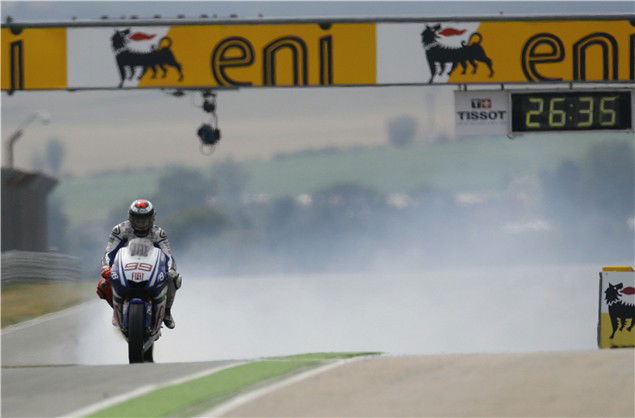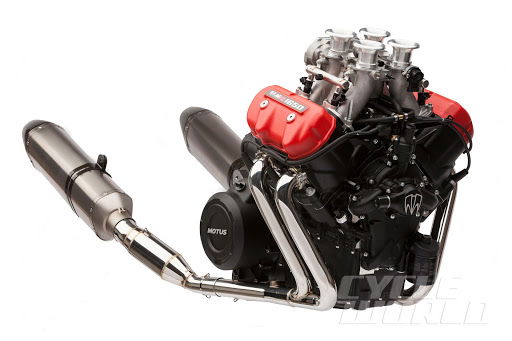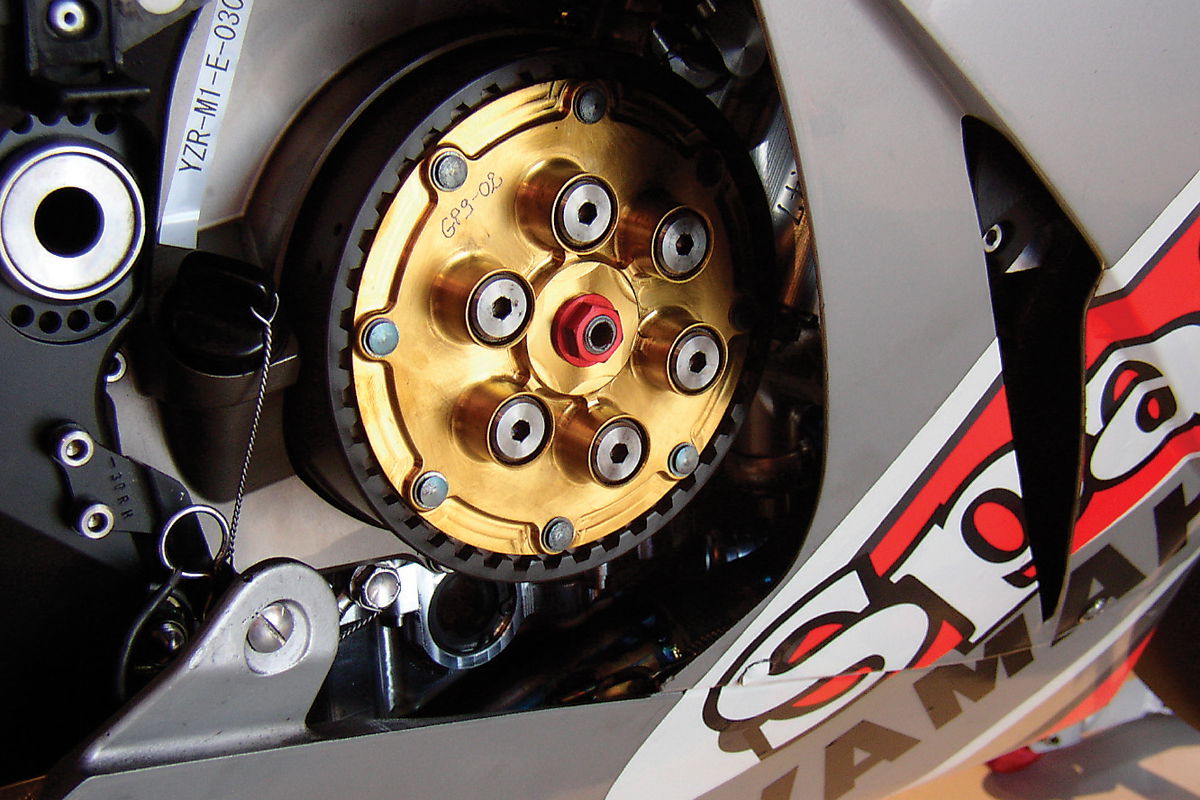Overheating motorcycles – cause, effect, and resolution
An overheating motorcycle is frustrating at best, expensive at worst. Here’s how to prevent, diagnose and repair a hot bike
.JPG?width=1600&aspect_ratio=16:9)
THE purpose of the cooling system of a motorcycle is to evacuate the heat caused by friction and combustion from the engine. Keeping an engine in an optimal operating window will not only prevent breakdowns in the long term, it will also keep the engine performing at an optimal level.
The idea here is not to have an engine running as cool as possible, that in itself can cause trouble. The oil can be too thick in this state to properly lubricate the internal parts, and the drag caused by the gloopy oil can also sap the engine's performance. Other problems from cool running can occur as the can condense on the internal parts.
Indeed, an engine running above optimum temperature will run into other problems, tolerances within the engine are compromised and the surface film of the engine can break down causing undue wear to the engine’s internals.

What can cause an overheating engine?
With much of the heat from a running engine coming from combustion, let’s look at how this act can negatively impact an engine by running too lean.
Overheating possible causes on older engines
A lean running engine has an air/fuel ratio that has too little fuel and too much air in the mixture. When this happens, the combustion in the chamber can be too slow to ignite, prolonging the combustion cycle and causing the exhaust side of the combustion chamber to heat up too much.
Another cause, less of a problem on modern bikes admittedly, is running the engine with the ignition too far advanced. In this scenario, the air/fuel mixture can ignite while the piston is still on the upward stroke, obviously this isn’t the most efficient way to run an engine. Not only will the firing piston be fighting the rotation of the crank, it can cause an uneven flame front causing hot spots on the piston crown or worse, burn a hole in your piston. Either way, it’s not ideal to run an engine like this for any amount of time.

Overheating possible causes on more modern engines
With the advent of the electronic ignition and self-learning ECUs that constantly adapt the air/fuel ratio for specific environmental conditions, the above mentioned causes are less and less likely to be your cause. More like is that somewhere in the cooling circuit, if your bike is liquid-cooled, a fault has occurred.
.JPG?width=1600)
A faulty cooling fan thermostat
The thermostat on the cooling fan is a type of switch that closes the cooling fan circuit once the coolant reaches a certain temperature. Once the fan is activated it greatly increases the flow of air over the radiator, helping to reduce the temperature of coolant and therefore aiding the evacuation of heat from the engine. This is the main reason as you filter through traffic in summer you can hear other cars and lorries fans turning on an off intermittently.
If the thermostat on your bike fails the fan won’t switch on and the temperature will rise, especially if you are sitting in traffic or doing a lot of stop-start town riding. As the engine warms it will begin to run less efficiently, compounding the overheating problem even more. The good news is that a faulty thermostat is a fairly cheap and easy to sort fix, once it is diagnosed.
.JPG?width=1600)
It can be tempting to blast the bugs with a jet-wash, although it can do more harm than good
A damaged radiator core
How many times have you seen a bike with all the wafer-thin elements of the radiator core bent over and mal-formed? The chances are the bike has been cleaned with a jet-wash, a tempting remedy to a summer’s worth of bugs a crud. The thing is, the core is made from an incredibly soft material, most likely aluminium. The benefits of it are exceptional heat sink properties, making it an ideal material to transfer heat from the radiator into the air flowing over it. The downside is it can be all to easy to bend over the fins on the leading edge of the radiator, preventing air from flowing and heat from transferring out of the coolant.
A better option for getting the bugs out of your rad’ is to soften them with warm soapy water and then carefully use a soft brush – an old toothbrush will do – to dislodge the muck.
.JPG?width=1600)
The fluid in this expansion tank looks low, although the bike is on the side stand. To correctly check the level, get the bike upright to save overfilling the tank
Low fluid level
Sounds simple but too little fluid in the coolant circuit can cause overheating. Air doesn’t work well as a coolant medium – unless it is flowing over the external cooling fins – so keeping your bike’s fluid at the optimum level is vital. And don’t just use water, you should be using a mixture of water, anti-freeze, and coolant.
The coolant will help to raise the boiling point of the fluid, which, when combined with the pressurised system, can help to prevent overheating.
If you are losing fluid from the expansion chamber, sometimes called a header tank, you need to understand why. If the fluid includes coolant it shouldn’t be evaporating, so where is it going? If the radiator cap loose or leaking, or worse, has the head gasket gone? If you think it’s the latter, check for water in the oil or a mayonnaise type build-up near the oil filler cap, it can also cause white smoke from the exhaust when starting the engine.
Sponsored By

Britain's No.1 Specialist Tools and Machinery Superstores
When it comes to buying tools and machinery, you need to know you're buying from specialists who know what they're talking about.
Machine Mart eat, sleep and breathe tools and machinery, and are constantly updating their range to give you the very best choice and value for money - all backed by expert advice from their friendly and knowledgeable staff. With superstores nationwide, a dedicated mail order department and a 24 hour website offering quality branded items at fiercely competitive prices, they should be your first choice for quality tools and equipment.


